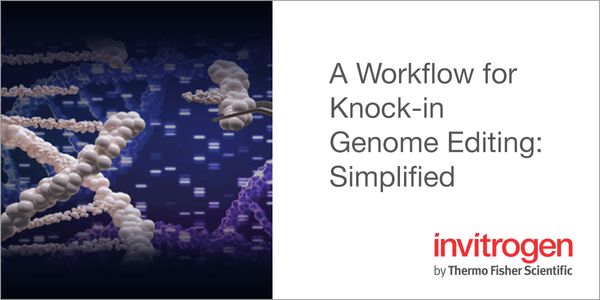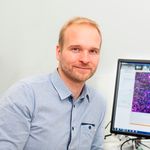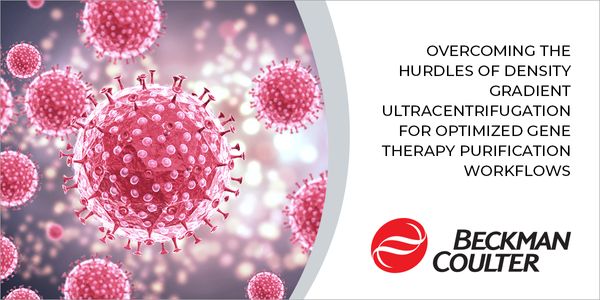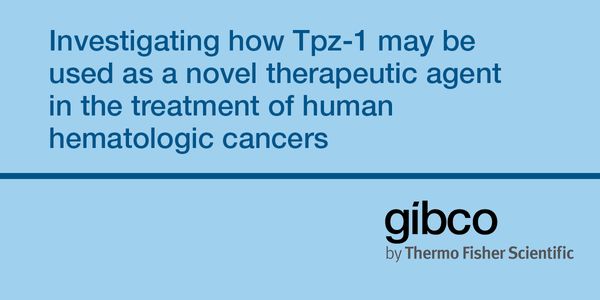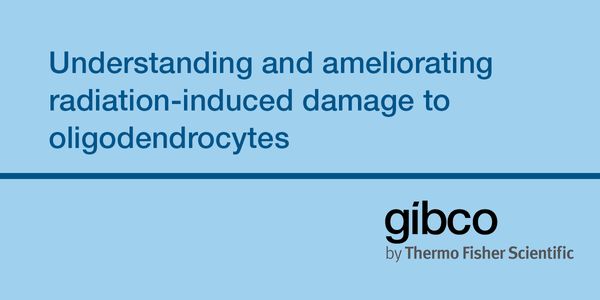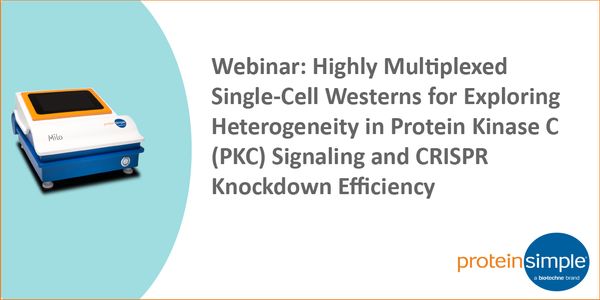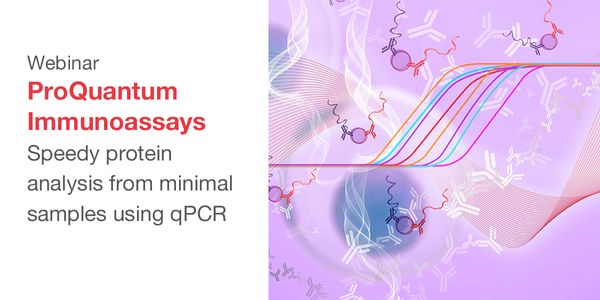Microfluidics
Microfluidics deals with the behaviour, precise control and manipulation of fluids that are geometrically constrained to a small, typically sub-millimeter, scale at which capillary penetration governs mass transport.
-
JAN 23, 2020 | 9:00 AMDATE: January 23, 2020 TIME: 9:00am PST, 12:00pm EST...Misfolded and accumulated neurodegenerative disease associated proteins (NDAPs, such as tau and alpha-synuclein) represent the major pathological hallmark in Alzheimer’s and Parkinson&...
NOV 19, 2019 | 8:00 AM
DATE: November 19, 2019TIME: 8:00am PTCentrifugation has long served as a critical separation tool in countless research and production facilities spanning a wide range of discipline...
OCT 01, 2019 | 8:00 AM
DATE: October 1, 2019TIME: 8:00am PTIn the webinar, Introduction to Characterization of Biomolecules Using Analytical Ultracentrifugation, we discussed the fundamentals of analytical...
SEP 27, 2019 | 9:00 AM
DATE: September 27, 2019TIME: 9:00am PT, 12:00pm ET Thienopyrazole derivatives have recently emerged as effective antitumoral agents with kinase inhibitory activity. In this s...
AUG 15, 2019 | 9:00 AM
DATE: August 15, 2019TIME: 9:00am PDT, 12:00pm EDT Radiation therapy is a critical tool for the treatment of brain tumors, however, exposure to high doses of ionizing radiation...
JUL 31, 2019 | 9:00 AM
DATE: July 31, 2019TIME: 9:00am PT, 12:00pm ET The choroid plexus, which makes up the blood-cerebrospinal fluid barrier in the central nervous system (CNS), lines the ventricle...
APR 09, 2019 | 9:00 AM
DATE: April 9, 2019TIME: 9:00 AM PDTWe will provide a general introduction to the Single-Cell Western Technology (SCW) and then present data from 2 ongoing projects from the Col...
Approximately 30% of drugs have failed in human clinical trials due to adverse reactions despite promising pre-clinical studies, and another 60% fail due to lack of efficacy. The NIH Tissue C...
Speaker:
Danilo Tagle, PhD, M.S.
Presented at: Laboratory Animal Sciences Virtual Event Series 2019
Digitalization has transformed virtually every industry, but it has been slow to gain traction within the preclinical phase of the drug development journey. Recent advances in digital vivariu...
Speaker:
Szczepan Baran, VMD, MS
Presented at: Laboratory Animal Sciences Virtual Event Series 2019
FEB 12, 2019 | 8:00 AM
DATE: February 12, 2019TIME: 8:00am PST Local and systemic inflammation typically involves one or more cytokine cascades, or pathways, whi...
NOV 15, 2018 | 2:00 AM
In contrast to autologous cell therapies, allogeneic therapies do not require collection of starting material from patients and could; be manufactured in larger batches, be made available &ld...
Analytical chemistry can take you to strange places - for me it has been to the bottom of a quarry, being covered in dirt, excavating sesame-seed sized fossils that allow us to work out when...
Everyone that uses titration in their lab knows how simple and fast the technique can be. However, uncertainty around when to replace electrodes creates confusion. Reagent quality, tubi...
Speaker:
Jessica McVay
, Lori Spafford
This intensive workshop will introduce infrared spectroscopy, outline the various sample handling methods and provide guidance on the numerous transmission and reflectance methods available f...
Ion mobility-mass spectrometry (IM-MS) is a rapid, gas-phase separation technique that has become an integral part of the analytical repertoire of techniques for the -omics. This method coupl...
Solid phase microextraction (SPME) is a versatile, non-exhaustive sample preparation tool that has been demonstrated to be well-suited for facile and effective analysis of a broad range of co...
Speaker:
Barbara Bojko, PhD
, Janusz Pawliszyn, PhD, FCIC, FRSC
Presented at: Analytical Chemistry Virtual Event Series 2018

